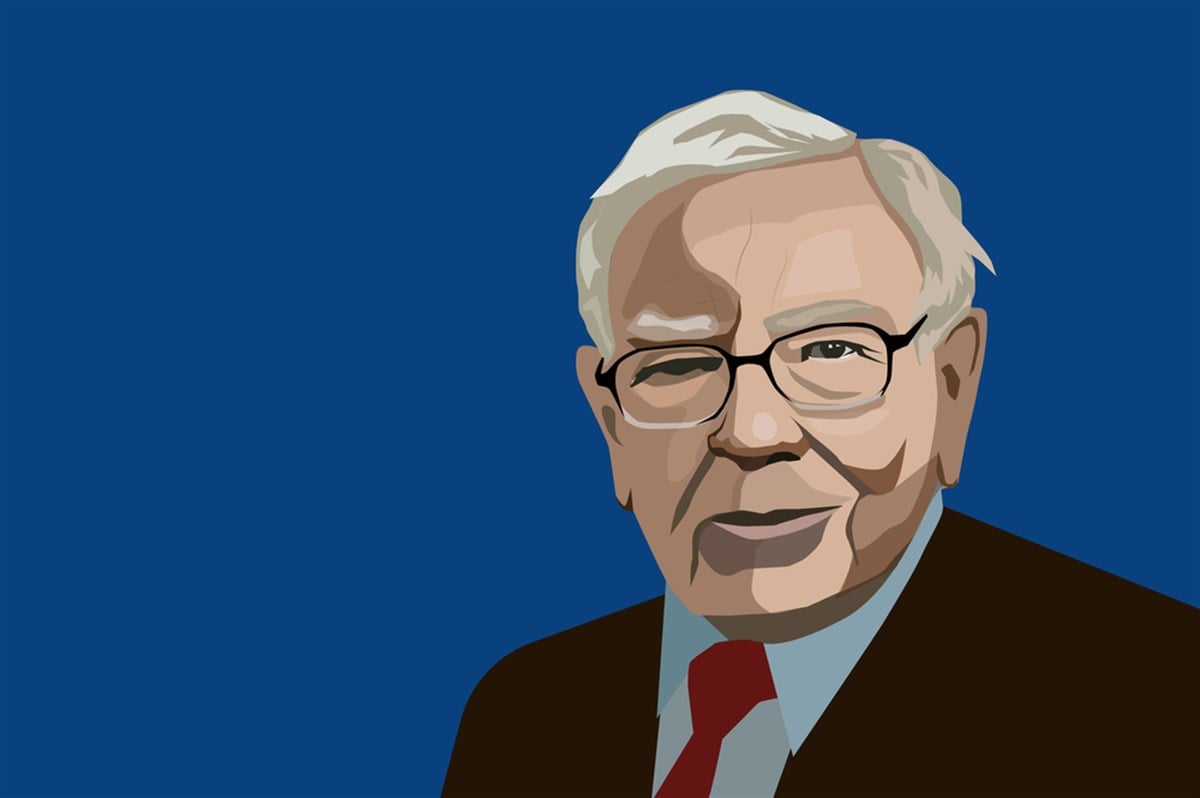Financial News
How to See Stocks the Way Warren Buffett Sees Stocks

Picking a stock to invest in, or at least watch it over a prolonged period, can be more challenging than it seems and more of an art than science. So, when retail investors try to find a role model to follow in the stock market, they should look to some of the best performers in the industry to attempt to reverse engineer their processes and methodologies.
And who better to emulate than Warren Buffett? This investor consistently generated an average annual return of over 20% for over four decades and has now built the first trillion-dollar company outside of the technology sector, Berkshire Hathaway Inc. (NYSE: NYSE: BRK.A). This business is a holding company that invests in all the great businesses that Buffett is good at spotting.
Here is where investors get a cheat code, as they can have a direct insight into what Buffett has bought in the past and keeps buying in the present. But, before they dig into the latest moves, here’s a quick checklist of some things Buffett looks at and thinks of before diving deeper into a stock to potentially invest in it.
A Day in the Life of Warren Buffett: Mastering the Hunt for Value
It’s all about reading. Buffett is known for reading up to five hours a day, anything from company annual reports to global trends and other subjects far outside the world of finance. The point here is that investors need to be insatiably curious about everything because they never know where the great ideas will come from.
This is where Buffett got his first idea for an investment, which turned out to be Coca-Cola Co. (NYSE: KO). By reading about the business, reselling Coca-Cola bottles, and recycling to get a penny back, Buffett realized how much market share and interest the brand had in his local area.
What became known as a moat after a few years, Buffett spent his day reading and gaining a wealth of knowledge to find moats and businesses that have developed a strong enough one. Another company that showcases this sort of moat is Ulta Beauty Inc. (NASDAQ: ULTA).
Buffett figured out that no matter where the economy is going, people will always have room in their budgets for skincare and makeup products, creating a foundation for a moat in Ulta stock. Investors can think long and hard about daily consumer trends and some of the brands that are likely to withstand the cycle.
Once a list of businesses that will not see customer loyalty wither any time soon is made, it is time to quantify these benefits in the business fundamentals.
Key Financial Metrics to Look for When Analyzing a Company's Financials
First of all, Buffett likes a chart that goes straight up and to the right, with no volatility. When investors chart out the revenues in Ulta or Coca-Cola, they start to fit this behavior: steady and predictable sales with little to no volatility. That's what a business with a moat and strong brand brings to the table.
More than that, if there is a moat, Buffett suspects that pricing power on both the supplier and consumer sides is available. In the case of Coca-Cola, a unique product enables management to get the best price from suppliers and also charge customers more freely, so investors will see a gross margin of up to 60.5% in this company.
In the case of Ulta, exclusive relationships with skincare and makeup product providers enable the brand to receive preferential treatment, and its brand penetration across the United States is translated into consumer pricing power as well.
Ulta's gross margin of 42.5% is above most in the retail sector. Other stocks fitting this moat and margin criteria include Kraft Heinz Co. (NASDAQ: KHC), with its 34.8% gross margin and moat on the dinner table, and American Express (NYSE: AXP), with unrivaled benefits and social status making way for a 55.8% gross margin.
Now, high gross margins would mean nothing if management could not reinvest this capital back into the business, which is where Buffett expects to see a higher return on invested capital (ROIC) rate. Most investors like return on equity (ROE) as a measure but need to realize that ROE doesn't adjust for how much debt a business has.
By dangerously leveraging the balance sheet with debt, companies can boost their ROE but not ROIC. Ulta generates up to 28.2%, Coca-Cola a steady 16%, and Kraft Heinz a lower but growing 6.6%. Here's why Buffett likes a high-profit business.
Over the long term, annual stock performance tends to match the long-run ROIC rate, which is one of the main drivers behind the portfolio's performance at Berkshire. Now, profit is only half the equation; the price investors pay for a business is another.
Overpaying for a good business can erase all other benefits, so Buffett likes buying "Wonderful companies at fair prices" rather than "Fair companies at wonderful prices." This is English, for it's okay to pay a fair or even premium price for a great company such as Apple Inc. (NASDAQ: AAPL) and its 34.9x price-to-earnings (P/E) ratio, a multiple most retail investors would consider expensive.
So, the last lesson after spotting a great company is not to be too greedy about how much investors pay for it. If it is set to keep growing at double-digit ROIC rates, then the growth alone will more than make up for the premium valuation paid for it.

Quotes delayed at least 20 minutes.
By accessing this page, you agree to the following
Privacy Policy and Terms Of Service.



